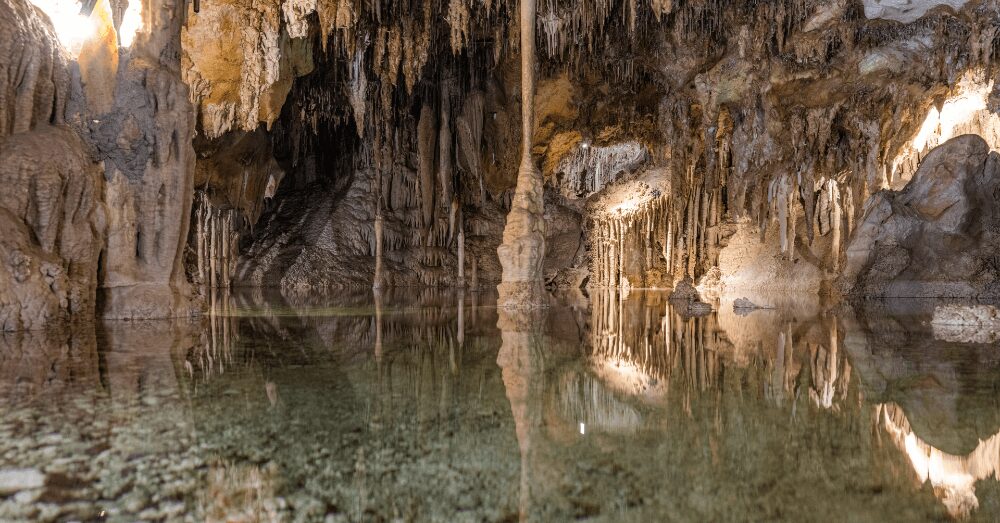Can you take great picture in a cave? Cave photography provides a challenge for you, but you can get some great shots in the darkness.
Some areas of exploration don’t offer the natural light you need to take clear and attractive photos. If you love to explore caves and you want to take photos in these areas, you’ll want to use some tips and techniques that will ensure you can easily get into the cave and take some gorgeous pictures. Before you go, you must remember to keep yourself and your gear safe and protected while in the cave.
Here are some great tips regarding cave photography that make it easy for you to take the pictures you’ll love to share.
A tripod is your friend
The darkness of caves requires you to use a much longer shutter speed to capture a detailed exposure of the cave. If you hold your camera with a long shutter speed, you risk the camera shaking, which means you’ll have photos that aren’t nearly as clear as you would like. The stillness of a tripod makes it possible to capture the cave the way you want.
Use a remote shutter release
The long exposure required to take great pictures in a cave means any movement can lead to blurry photos. One of the best tips regarding cave photography is the use of a remote shutter release button. Pressing the button on the camera can generate a shake and make your images blurry. Set up your camera and tripod, and then hit the remote release button to avoid the potential of shaking the camera. It’s also important to use a camera with anti-shake functions.
Off-camera flashes are great
When you use a flash attached to the camera, the image can look flat and two-dimensional. You can add depth to your images by using off-camera flashes that are set up off to the side. This is an excellent way to adjust the lighting, shadows and create photos that have a lot more detail and significance to them. Flashes are used to illuminate the cave and give you well-exposed images in caves without using long shutter speeds, which could be helpful in caves where tripods are off-limits.
Wear a headlamp
Wearing a headlamp inside a cave is helpful for staying safe. You could use a flashlight, but that means you have to hold it in your hand, which makes a headlamp the obvious choice. You can also use the headlamp as one of your light sources, the other being a flash for your camera. When setting up your tripod, you want two hands available, which makes a headlamp extremely useful. This might be the most important item you have when trying to enjoy cave photography.
Set the white balance correctly
It seems obvious but isn’t to everyone. When you take pictures in a cave, you need to set your white balance to Flash. You’re going to use a flash, which means you’re setting the camera’s white balance correctly. It’s a simple step that helps you get some great shots with minimal editing.
Shoot in RAW
When you get to the editing room, you’ll be glad you used RAW during cave photography sessions. This is the setting used to capture gorgeous and professional looking images that give you the most latitude when you adjust the exposure and white balance during editing. You’ll be able to recover details of your images that would be lost when using JPEG.
Lower your ISO
If you take pictures using a higher ISO, you’ll have more tiny speckles of light and color that make your pictures look terrible. You need to lower the ISO in caves, but you also must avoid camera shake, which is why you need the tripod. Keep the ISO as low as possible, even going to 100 or 200 if possible. This makes your images look great and will give you the pictures you want.
Use various shutter speeds
Take several of the same images using various shutter speeds. You can drop these speeds to 5 seconds, 10 seconds, 30 seconds, or more. This is an important part of cave photography, and it allows you to have the images you want. You’re using a digital camera, which means you can delete any images that aren’t useful. Don’t be afraid to experiment with various shutter speeds to get the right one for your project.
Use these tips the next time you want to enjoy cave photography and share some of the wonderful underground areas that you’ve explored.

